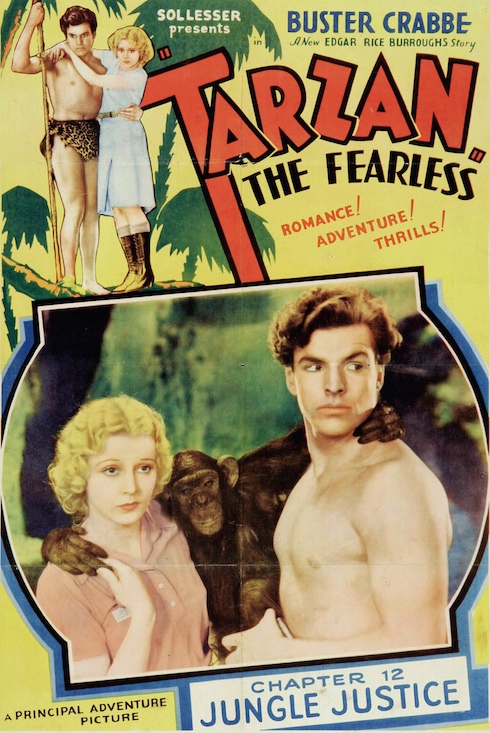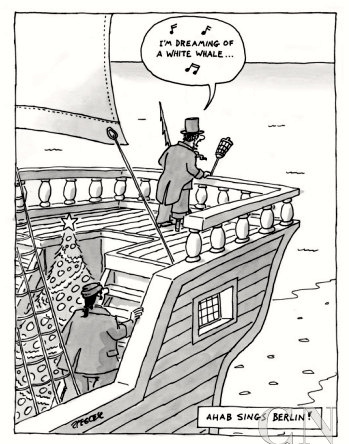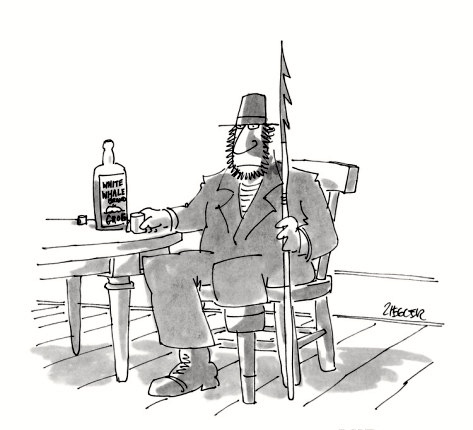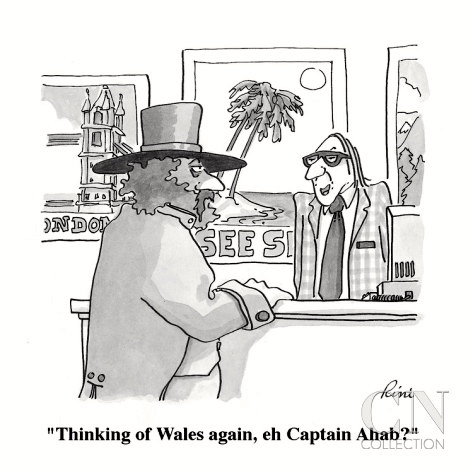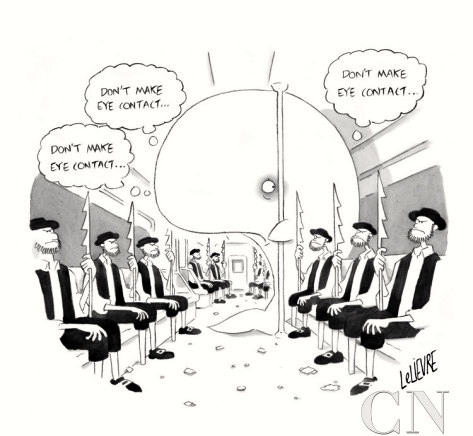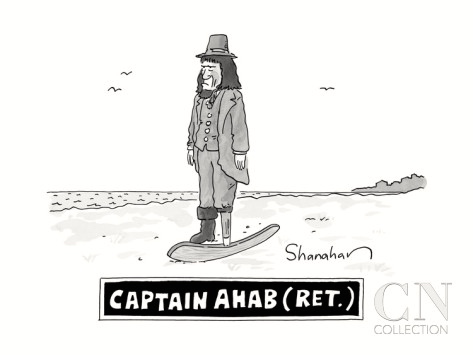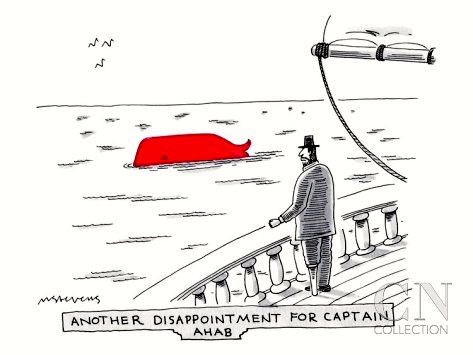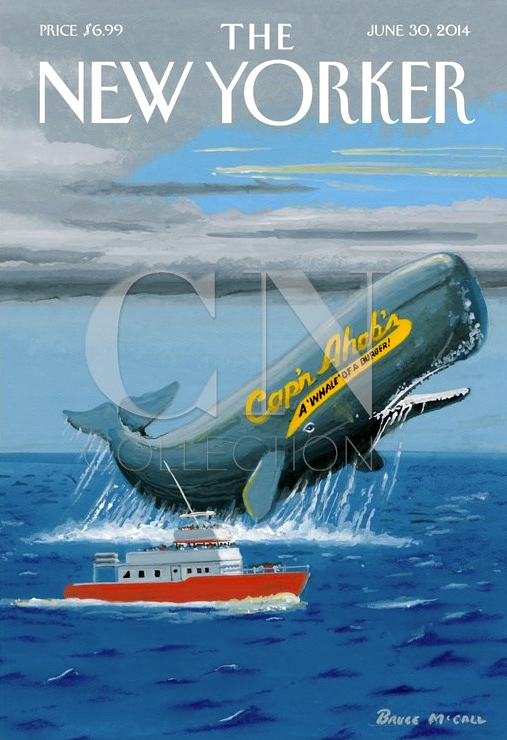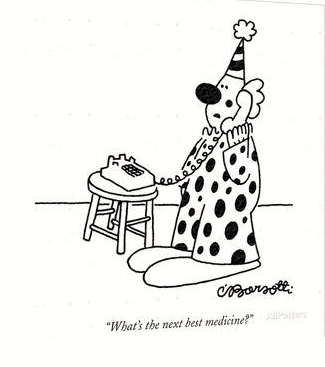(Not much on language, but entertaining nonetheless.)
What unites SoCal teens, shirtless dancers, and fighters of flying sharks? Take a moment to think.
Ian Ziering, that’s what.
Yesterday I chanced to come upon the tv-movie Sharknado (one of the great horde of portmanteau-named monster movies, many involving sharks) — Sharknado 3: Oh Hell No! was released a few days ago, so cable tv was showing the previous two installments — and eventually realized that the familiar-looking male lead was in fact Ian Ziering, of Beverly Hills 90210 fame, and more recently (it turns out) of Chippendales dancing renown. Not the standard arc of an acting career, but it seems to be working for Ziering; the Sharknado films, in particular, have been enormously successful.
From Wikipedia:
Ian Andrew Ziering (… born March 30, 1964) is an American actor and voice actor best known for his role as Steve Sanders on the television series Beverly Hills, 90210, which he played from 1990 to 2000. He is also the voice of Vinnie on Biker Mice from Mars. More recently, he has played “Fin” in the Sharknado film series.
The male leads on 90210: Ian Ziering, Luke Perry, Jason Priestley:
Ziering then got work in various tv and movie gigs; recently he snagged two major jobs — the Sharknado films and Chippendales dancing.
From Wikipedia on the first of the shark films:
Sharknado is a 2013 made-for-television disaster film about a waterspout that lifts sharks out of the ocean and deposits them in Los Angeles.
With Ziering as Finley “Fin” Shepard, an ex-surfer who owns a bar.
The second film (set in NYC) followed in 2014, and the third (set in Washington D.C., then moving down the Eastern Seaboard to Florida) was released on July 22nd of this year. Ziering in #2:
Meanwhile, Chippendales. From Wikipedia:
Chippendales is a touring dance troupe best known for its male striptease performances and for its dancers’ distinctive upper body costume of a bow tie and shirt cuffs worn on an otherwise bare torso.
Established in 1979, Chippendales was the first all-male stripping troupe to make a business performing for mostly female audiences. Through the quality of its staging and choreography, Chippendales also helped legitimize stripping as a form of popular entertainment. Today, the company produces Broadway-style shows worldwide and licenses its intellectual property for select consumer products ranging from apparel and accessories to slot machines and video games. The Chippendales perform in a ten-million dollar theater and lounge built specifically for them at the Rio All Suite Hotel and Casino in Las Vegas.
From the Just Jared site on 6/16/14, “Ian Ziering Goes Shirtless at 50 for Chippendales Return!”:
Ian Ziering goes shirtless and flexes his big muscles while posing on the red carpet for his big return as the Chippendales guest host on Saturday (June 14) at the Rio All-Suite Hotel and Casino in Las Vegas.
The 50-year-old Sharknado star will be starring in the show for a limited six week engagement. He previously appeared in the production last summer.
Ziering on these performances (from Just Jared):
“You have got to take care of yourself as you age. That’s a given. You have the body you deserve. If you treat it well, take care of yourself and focus on health and fitness, you will be equipped to adapt to change and to capitalize on opportunity,” Ian recently said. “When I started thinking that way, that revelation just opened up the world for me. Being 50 is great. It’s none of the things I thought it would be when I looked at it through 20-year-old eyes.”






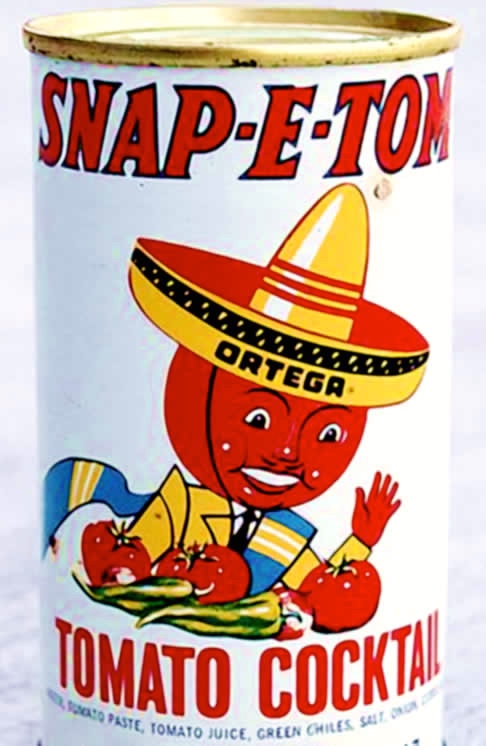









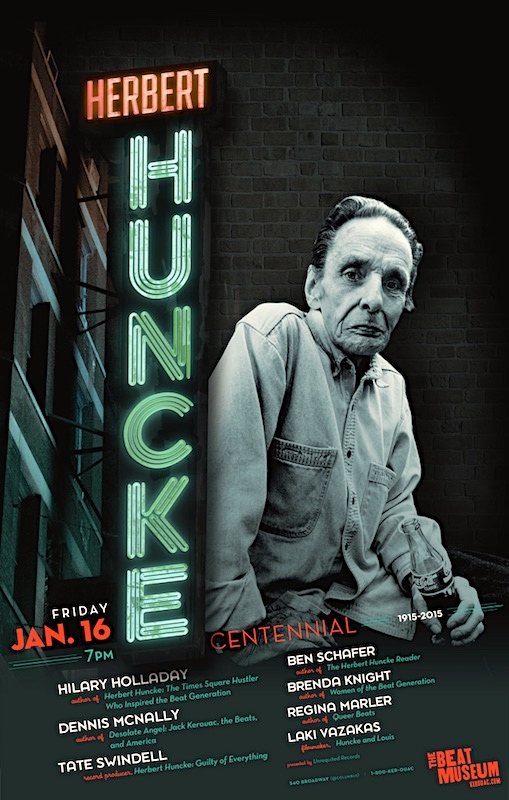








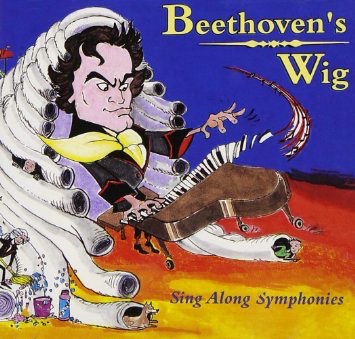
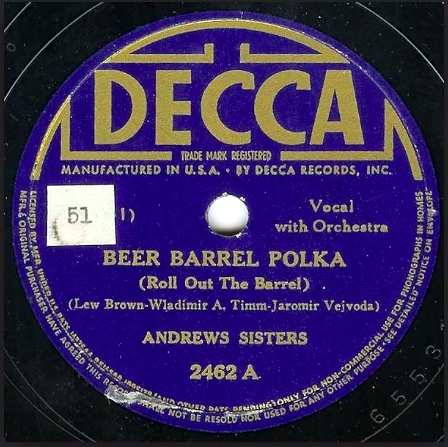









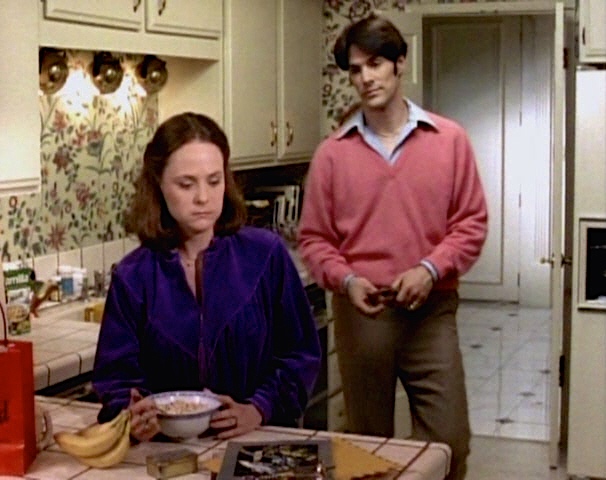


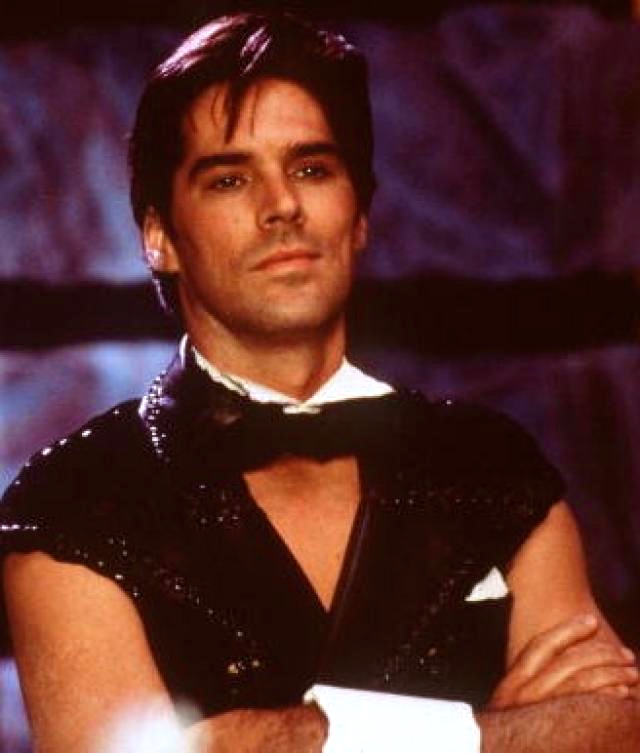


 (#9)
(#9)










